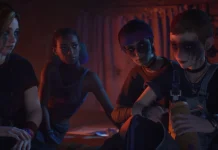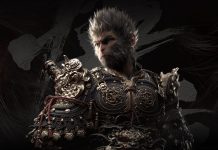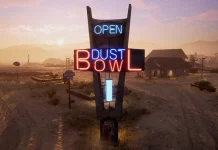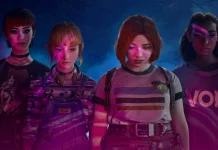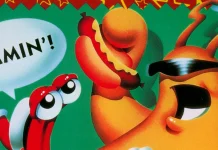After decades of putting it off, I decided to finally pursue an old dream: I'm developing a game. It sounds like a distant dream to a lot of people, as impossible as owning a Ferrari or living on Mars. But with easy access to so many design engines, that's no longer the case, and there are good games made even by a single person.
In fact, I talked about this here on the site. Blockbusters like Minecraft and Stardew Valley were born this way.
In recent years, I've experimented with several engines, such as the almost universal Unity and Unreal, and smaller ones dedicated to specific genres, like RPG Maker and Twine (for text adventures), but I decided to use Ren'Py, which is based on Python, a more accessible language than C# (Unity's foundation) and C++ (Unreal's foundation, though it is more centered on using Blueprints).
In addition to its accessibility, Ren'Py is focused on creating visual novels, interactive stories with touches of gameplay. For those who don't know, the style is insanely popular in Japan but has fans worldwide. For amateur developers with limited resources and knowledge, it's perfect—and fits like a glove for what I want to make.
The game is 3% complete, if that, but it already has a title: Under Two Skies.
About the game
Plot
Under Two Skies will be a blend of visual novel and point-and-click, drawing inspiration from many things I’ve played and even some I haven't. It has the DNA of Full Throttle, Silent Hill, and Life is Strange, plus a lot of my own ideas regarding the story, graphic style, and sound design.
The story is based on a book of the same name, and although it shares the same foundation, it will not be canonical or a faithful translation. The book is mine, and if you're curious, you can get it on Amazon and even read the first six chapters for free.
The plot revolves around John, a young man struggling with adult life and a trauma: the disappearance of the girl he was in love with in college, the beautiful Lisa Ernst. Disturbed by Lisa's boyfriend—Peter Dyson, the son of popular retired Sheriff Alan—who accused him of involvement in the mysterious vanishing, John leaves his mother in the quiet town of Oaskville and tries his luck in Portland, Maine.
The narrative begins four years later, when John gets a call from his best friend, the irreverent Derrick, that makes him get back. What was shaping up to be a teenage drama takes on metaphysical suspense when John starts having lucid dreams, and from them, he discovers an inexplicable power that might clarify Lisa's fate and even save her.
Background
The premise for Under Two Skies is old, although I only published the book in 2025. The initial concept: a man who shapes reality through dreams. I spent a long time playing around with the idea without knowing what to do with it.
The first time I thought of it was back in the late 1990s, inspired by the video for "Everlong" by the Foo Fighters: the segment where Dave Grohl dreams about his wife—comically played by Taylor Hawkins—being chased by thugs. He returns to bed and sleeps, only to re-enter the dream and protect her.
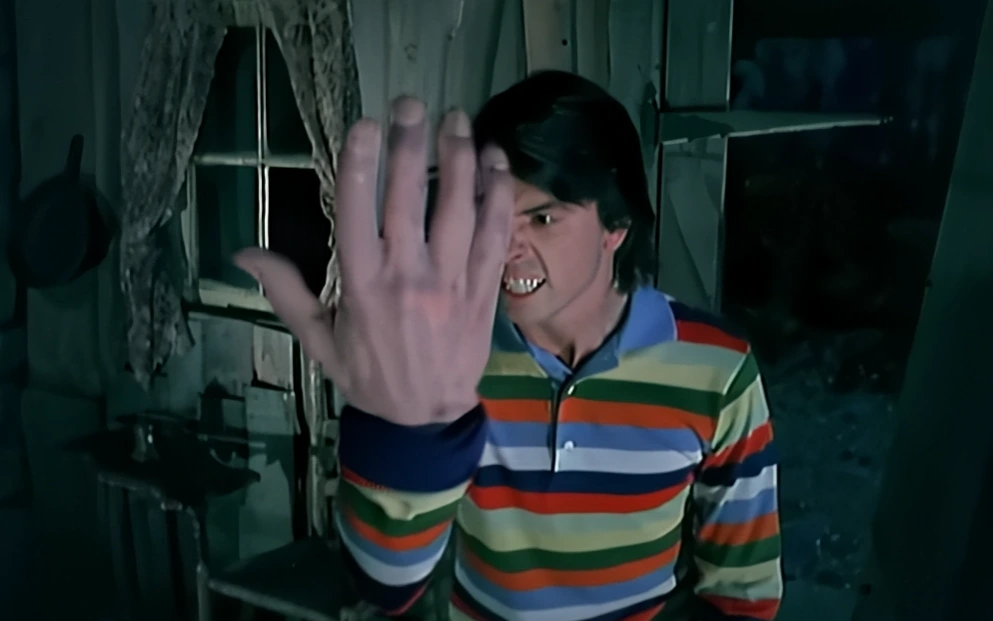
I always wanted to produce a game, and along the way, I did a few experiments, almost always for fun and unrelated to that specific concept. In the early 2000s (I remember sketches dated 2003, but it might have started earlier), with my total lack of experience or resources, I designed a platformer/Metroidvania that I was going to call Guitar Hero—about two years before Harmonix's music game.
I crudely sketched the characters, wrote a story, and even devised the mechanics. In short, the characters would use musical instruments as weapons, firing something like sonic magic. The protagonist was a long-haired guy wielding a white, star-shaped guitar.
Of course, nothing came of it. Software and hardware for creating games were expensive at the time. The technical skill level required to pull off such a project, especially alone, was advanced. I had neither.
Years later, I started making an RPG called Hypernova using RPG Maker. This one made more progress, and I managed to have an alpha version with about 30% of what I intended. The story is influenced by Star Wars, with strong political and social themes—one of the central ones is the antagonism between "common" humans and the descendants of an ethnic group with special powers. The social tension is the root of a revolution that leads to the downfall of a king and the rise of a young ruler who, coming from student circles, full of aspirations and promises, becomes a tyrant.
Between 2015 and 2018, I learned a lot about the fundamentals of game design while working on that project, but due to personal issues, I decided to shelve it. I was already writing frequently and managing Memória BIT, which took up most of my free time.
The desire was still there, but one thing was crystal clear: creating a game, even with modern conveniences, wouldn't be easy. Worse: I no longer knew what style of game I wanted to create, which engine to use, or even if I would find one that I could learn in my spare time.
Almost three years later, I played Life is Strange and wrote a review here. Despite its flaws, it had much of what I considered ideal: a strong narrative, human characters (full of flaws and virtues), less concern with graphic realism and gameplay, and more focus on creating an atmosphere driven by visuals and music.
I thought, "That's the kind of thing I want to make."

But Life is Strange is a game from a large studio with a multi-million-dollar budget. As a production, it is absolutely inaccessible to amateurs. However, I didn't want to and couldn't make Life is Strange exactly. It wasn't about the budget or the story itself; I wanted something with those core qualities.
I started thinking again about that story of the man who dreams and manipulates reality, even without knowing what I would do with it.
From book to game, from game to book
What would I do with the story? It didn't matter; I just needed to finally put it down on paper—or on screen. To take it out of the realm of possibility and turn it into something real. From early 2024 and for almost a year, I wrote voraciously, late into the nights and early mornings, until Under Two Skies took shape. Before I knew it, I had 300 pages, and then more.
In the beginning, I planned an open-ended story with multiple endings. The novel format wasn't ideal, so I opted for a closed plot with a conclusion that seemed best to me—that is my favorite ending and will certainly be in the game, even if it's not the game's canonical one. Or maybe it will be; I haven't decided yet.
I am very critical of everything I do, the kind that verges on self-destructive. But I liked the result. It is satisfying to see your effort over such a long time arrive at your house by mail as a physical object, something you applied yourself to and created.
It didn't sell much—I'm terrible at promotion and social media, and what dominates sales are romances about lonely women meeting sentimental, improbable studs, not about depressed young men with powers—but it is what it is: I DID IT; it's no longer just a daydream. On a secondhand bookstore shelf, forgotten in a box of things no one reads, or anywhere else, it will be out there.
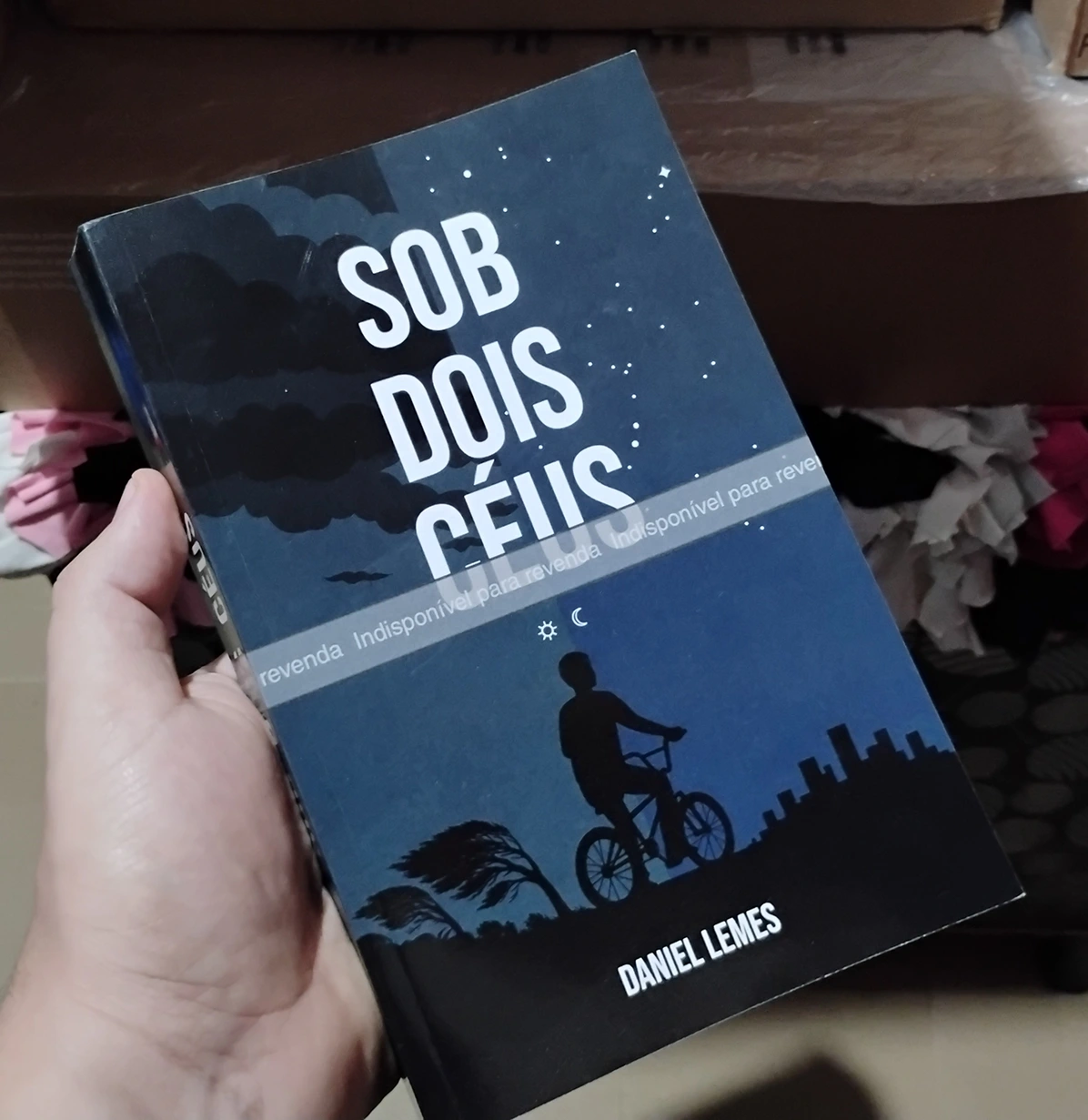
I still wanted to see it as a game; to see the characters, the scenes. Again, the goal hit a snag with "small" details. I can handle programming, write spaghetti code and get something minimally functional, but no matter how much I write, I am not a visual artist. I can't draw acceptable sprites or backgrounds.
But between doing it and not doing it, I chose the former. This is where AI comes in.
Use of AI
The advance of generative artificial intelligence, both for text and image, is genuinely worrying for many sectors. Many illustrators, video producers, translators, and copywriters HAVE ALREADY LOST their jobs, but there is another side to this story: that of people who are finally pulling projects off the back burner.
Imagine Joe, who dreams of creating a game. Imagine Joe has some knowledge in a specific area but works his butt off and can't invest in his dream because he doesn't master all the areas. A single sprite can cost from fifty to thousands of dollars. A programmer? Much more per hour. A script editor?
You get the picture. So, Joe studies AI tools and fills in the gaps, spending a fraction of the budget to complete his game. It's not perfect, it's not ideal, but it's the real world. Don't fool yourself: the genie won't go back in the lamp. AIs are here to stay. You either adapt and start using them, or you'll be crying in the crowd.
TL;DR: The next long segment is an explanation about the use of technology, why AI doesn't create anything, and why it is not necessarily theft. If you completely disagree, maybe you shouldn't read on. Or better yet: you are the one who should read this the most, but you won't like it.
The cooling systems that train and maintain AIs use water, and it's not a small amount, although bigtechs obviously downplay the damage. It is estimated, for example, that the training of the ChatGPT Model 3 alone consumed 700 thousand liters of water.
It seems small, since a city like São Paulo consumes BILLIONS of liters every day. But include the expenditure to keep servers operating billions of prompts, to generate the energy, and to manufacture equipment. According to Google, Gemini consumes "about five drops" of water per request. If that average is true, imagine five drops a billion times, every day—and increasing.
How much does it impact us?
It's enough to supply a city of 50,000 inhabitants for one day. The problem is that everything consumes water, and if we start calculating, we wouldn't produce anything anymore.
A kilogram of beef consumes an unbelievable 15,000 liters of water to exist; in that single steak on your plate, 1,500 liters of water were spent. An egg (yes, ONE EGG) consumes almost 200 liters to come into the world—of course, we're talking about the entire production process.
Companies are actively searching for a cooling method that doesn't rely so much on water, perhaps not because they care, but because it's unsustainable in the long run. But it won't be quick, and they won't stop spending, because someone in that chain is getting very rich—and it's not you who put a "Stop AI" banner on your social network (which also consumes a lot of water), nor the indie developer who uses AI to make sprites.
This is the point where we have to ask ourselves: "Will I change the world for the better by not using AI?"
Will large studios do the same? And mega-corporations? And international production companies? Or will I naively give up on grabbing a slice of this, while the richest get richer? The basis of capitalism is resource consumption, and whether we like it or not, we are neck-deep in it—from your cell phone with silicon from Norway and manufactured in not-so-healthy work shifts in China, to the super-engaged TV series that produce thousands of tons of CO2.
Quality of result and creativity
I am not here to judge anyone, but I decided, without moral reservations except for what was discussed above, to use AI to help me create the game.
And yes: I am the one who is creating, not the AI. Artificial intelligence creates nothing; it only obeys human commands.
Many people, when talking about generating images with AI, think about what they themselves do: they open the site, type something like: "Create a portrait of a dog wearing a flowered helmet and golden boots, riding a unicycle on Mars." They repeat this n times, filter the result, and say, "Look at the incredible art I created."
I agree that there is no creative process in that: it is pure entertainment. It's the exact same difference between a photographer who understands how their equipment, light, shadows, films, and lenses work, and knows how to get a controlled result, and the person who bought an automatic camera, held the shutter, and chose the most interesting image from a batch. One is a creator; the other is, at most, an art director.
Practical example? Several passages from the book describe the character Derrick, both in terms of physical and personality aspects:
"[...] a young man with Buddy Holly-esque glasses, smiling." "Derrick, impulsive, had crazy ideas for adventure." "His parents—a cellist and a delta blues guitarist, both amateurs [...]" "Wearing a green short-sleeved shirt over a black long-sleeved T-shirt, Derrick was the same kid as always. He gave a wide grin [...]" "Derrick went around the counter and hugged him with the spontaneity of a child [...]" "If it weren't for his sparse beard, he wouldn't be drinking in bars without showing ID." "He must have seen it on TV or some fanzine—the other one lied again, with a full-blown smile [...]" "Derrick's plan for that Friday was simple: play video games until night and then continue through the weekend." "His father used to say: 'If you're Black, you have to be twice as honest as white people to be respected.'"
That's enough. Now, here is his design, made with several stages of AI:
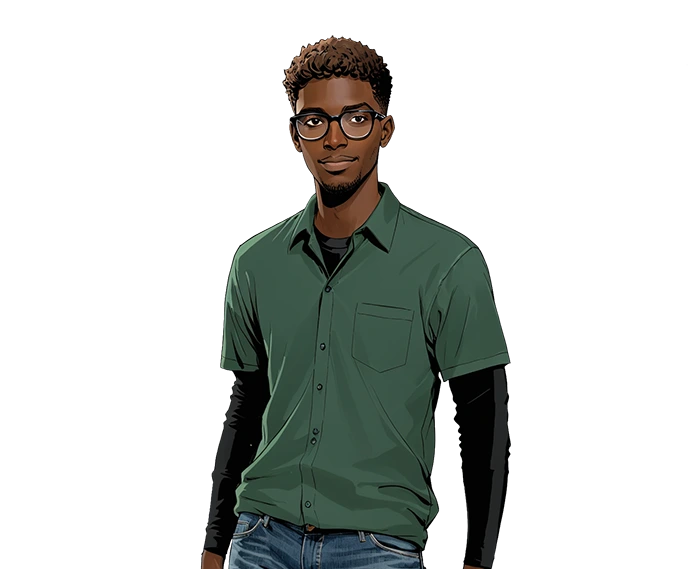
Is there any doubt that this is the character I created? He was in my imagination and went onto paper when I wrote the book. He came out of the book and took shape when I used the tools I had at my disposal.
Yes, it has flaws, like the double button that I haven't corrected in Photoshop—this is the "raw" generation, as obtained after several steps that include things that average users, who play around with random prompts, don't even dream exist: pose controls, style control, img2img (a regeneration based on another image; in this case, a model that I retouched in Photoshop over other generations), etc.
There is no acceptable argument to claim that he is not my creation. The work of the AI replaced not my role as the creator, but that of the illustrator whom I cannot afford. To say that the AI created this character is like saying that an illustrator or screenwriter at Disney’s studio creates Donald Duck every time a story is published, simply by following the studio's standards.
The current results, in 2025, with generative AIs, can be quite acceptable even for a final product. Knowing what and how to do it, it is possible to create a product without visible signs of AI usage to most people, unless the creator, as is the right thing to do, discloses that they used AI.
How to help
The game is in the early stages of development. I'm doing the structural part, like visual effects, mechanics, menus, etc. I want everything more or less defined before I delve into the dialogues, so I don't have any unforeseen issues and need to go back and make corrections.
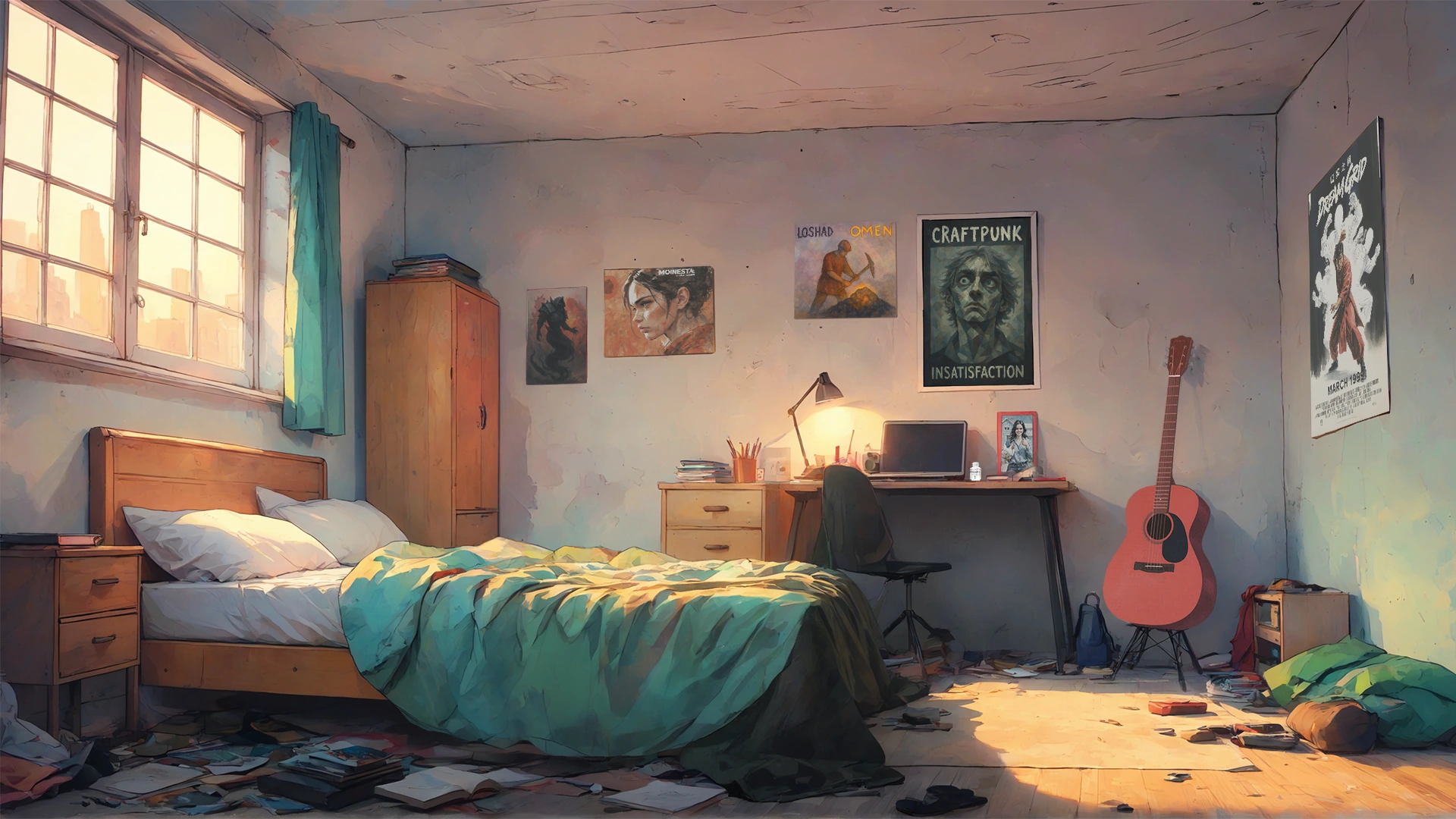
Until the game has a released build, I don't expect help—nor do I really believe it will happen, as I don't have anything to deliver yet. If you want to follow along, keep an eye out here and on the project's Patreon; I publish weekly progress posts for financial supporters, which starts at about 3 bucks per month. Update: now also on Itch.io.
Supporters will get early access to builds, participate in design polls, and have their name in the credits according to their contribution tier. Other tiers, goals, and rewards will be evaluated. For now, I want to focus on releasing an initial build, which is still unscheduled.
Have an opinion, criticism, or just want to comment? Send it here or over on Patreon. I also have some open posts about the project there, in case you want to know more.
Note: since I'm busy with the game, MB is on wait at least regarding my review publications. The site isn't dead and remains open to anyone who wants to participate, write, etc.

